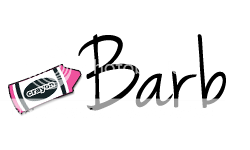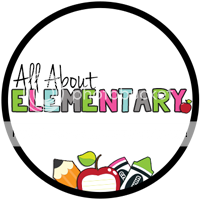PBIS in the Classroom
PBIS (Positive Behavior Intervention and Supports) has become an important part of school wide behavior and expectations for students. My experience shows that many teachers struggle to incorporate PBIS expectations into their classrooms. In this blog post I provide an overview of PBIS and discuss how to implement the aspects into your practice. I believe that PBIS is a great way to reframe punishments and consequences into positive approaches that enable students to be successful.
There are three tiers of PBIS. Tier 1 is for everyone in the classroom and usually works for about 80% of the students. Tier 2 and Tier 3 interventions are put into place when students have trouble following expectations. The tips below focus on PBIS for Tier 1 students. This is where you start with all of your students.
1- Create clear and positive expectations. Students should understand what the expectation is for them to do in the classroom, instead of not to do. For example, “Raise your hand to talk” instead of “Do not shout out”. Also, do not create too many expectations in the classrooms. You want students to easily be able to remember the expectations.
2- Create routines in the classroom. Teach and model the routines in the classroom for your students. You could have students model the proper way to do the routine. Continue to reteach and model the routines multiple times before you expect that students will know exactly what you would like them to do.
3- Review the expectations and routines often. At the beginning of the year spend a lot of time teaching and reviewing expectations and routines with your students. After the beginning of the year, take time to reteach routines and expectations at least one month. This is an important thing to do even if you think your students are doing well with routines. This is where teachers usually struggle because they feel students should already know the expectations and routines.
4- Have the expectations posted. Post the expectations for behavior in the classroom. This way when a student is not following an expectation you can point to the classroom expectations and review them with the student. Some students will need reviewing of the expectations often.
5- Be consistent with your expectations and routines. Whatever expectations and routines you set up with your students be consistent. Practice the same expectations and routines with students. If students are not following the routines and expectations be clear with students about that and go back to review them.
In my experience parents often think that when schools go to a PBIS approach that means there are no longer consequences for not following expectations and routines. However, that is not true. Within a PBIS approach consequences look different and avoid any type of public humiliation (which could be putting a kids name on the board, moving colors in front of the class, or yelling at students in front of everyone). Students who do not follow Tier 1 PBIS may need additional consequences or their own behavior plan that you set up with the parent and student. There are many great resources with ideas of how to help students who struggle following expectations and routines.
A great place for resources and ideas is PBIS world. Check it out below!


























